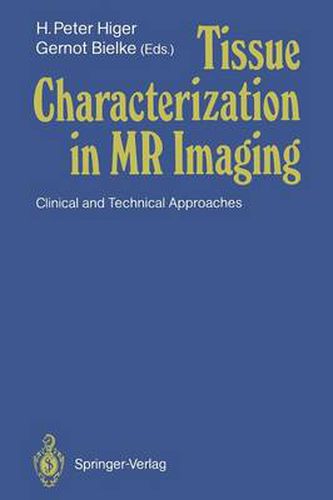Readings Newsletter
Become a Readings Member to make your shopping experience even easier.
Sign in or sign up for free!
You’re not far away from qualifying for FREE standard shipping within Australia
You’ve qualified for FREE standard shipping within Australia
The cart is loading…






This title is printed to order. This book may have been self-published. If so, we cannot guarantee the quality of the content. In the main most books will have gone through the editing process however some may not. We therefore suggest that you be aware of this before ordering this book. If in doubt check either the author or publisher’s details as we are unable to accept any returns unless they are faulty. Please contact us if you have any questions.
H.P. HIGER 1 In the seventeenth century people dreamed about a machine to get rid of evil spirits and obsessions, which were thought to be the main source of mis fortune and disease. I am not going to question this approach, because in a way it sounds reasonable. They dreamed of a machine that would display im ages from the inner world of men which could be easily identified and named. Somehow these are the roots of MR imaging. Of course, we now view disease from a different point of view but our objectives remain the same, namely to make diseases visible and to try to characterize them in order to cure them. This was the reason for setting up a symposium on tissue characterization. About 300 years later the clinical introduction of MRI has great potential for making this dream come true, and I hope that this symposium has con stituted another step toward its realization. When Damadian published his article in 1971 about differences in T1 relaxation times between healthy and pathological tissues, this was a milestone in tissue characterization. His results initiated intensive research in to MR imaging and tissue parameters. Actually his encouraging discovery was not only the first but also the last for a long time in the field of MR tissue characterization.
$9.00 standard shipping within Australia
FREE standard shipping within Australia for orders over $100.00
Express & International shipping calculated at checkout
This title is printed to order. This book may have been self-published. If so, we cannot guarantee the quality of the content. In the main most books will have gone through the editing process however some may not. We therefore suggest that you be aware of this before ordering this book. If in doubt check either the author or publisher’s details as we are unable to accept any returns unless they are faulty. Please contact us if you have any questions.
H.P. HIGER 1 In the seventeenth century people dreamed about a machine to get rid of evil spirits and obsessions, which were thought to be the main source of mis fortune and disease. I am not going to question this approach, because in a way it sounds reasonable. They dreamed of a machine that would display im ages from the inner world of men which could be easily identified and named. Somehow these are the roots of MR imaging. Of course, we now view disease from a different point of view but our objectives remain the same, namely to make diseases visible and to try to characterize them in order to cure them. This was the reason for setting up a symposium on tissue characterization. About 300 years later the clinical introduction of MRI has great potential for making this dream come true, and I hope that this symposium has con stituted another step toward its realization. When Damadian published his article in 1971 about differences in T1 relaxation times between healthy and pathological tissues, this was a milestone in tissue characterization. His results initiated intensive research in to MR imaging and tissue parameters. Actually his encouraging discovery was not only the first but also the last for a long time in the field of MR tissue characterization.